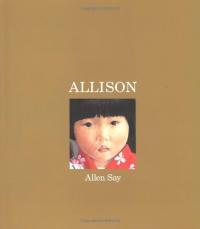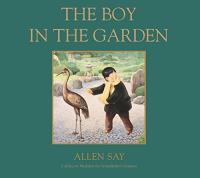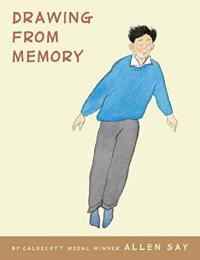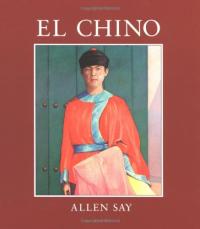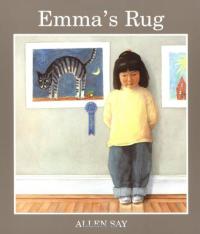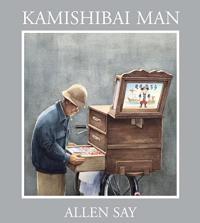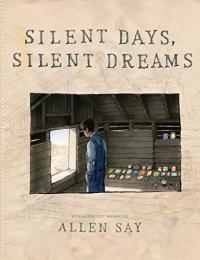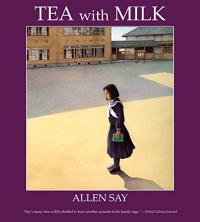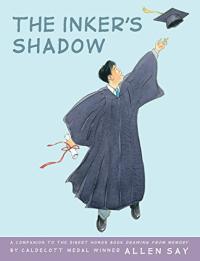
Biography
Writer and illustrator Allen Say was born in Yokohama, Japan, in 1937 to a Japanese American mother and a Korean father. He dreamed of becoming a cartoonist from the age of six. At age twelve, he was sent off to Tokyo — living on his own — to attend a prestigious school in the city. Instead, he sought out and apprenticed himself to the famous post-war cartoonist, Noro Shinpei, and spent the next four years learning to draw and paint. That experience is described first in his autobiographical novel The Ink-Keeper’s Apprentice (1996) and later in the 2011 picture book Drawing from Memory. At age sixteen, Say emigrated from Japan to California with his father.
In high school, Say was encouraged to pursue his art. He attended a special weekend arts program at Chouinard Art Institute in Los Angeles and classes at Art Center College of Design in Los Angeles. After graduation, Say went back to Japan, vowing never to return to America. But after a year in a much-changed Japan, he returned and worked as an apprentice to a sign painter and then had a two-year stint in the army, stationed in Germany. Say returned to California and for 20 years worked as a commercial photographer.
During those years, he kept drawing. In 1988, Say was asked by Walter Lorraine, an editor at Houghton Mifflin Company, to illustrate a retelling of the Japanese folktale, The Boy of the Three-Year Nap. It won the prestigious Caldecott Honor Award and Horn Book Award. The success of that book allowed Say to return to doing what he really loved, full-time — writing, painting, drawing — and it was the beginning of his second career as a children’s book author and illustrator. Since then, he has written and illustrated many books, including Tree of Cranes, Grandfather’s Journey (winner of the 1994 Caldecott Medal), Home of the Brave, Tea with Milk, Kamishibai Man, and The Boy in the Garden. Many of his books have autobiographical elements. Say currently lives with his wife in Portland, Oregon.
Books by this illustrator

Boy of the Three Year Nap
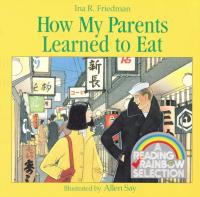
How My Parents Learned to Eat
Find this author’s books on these booklists
Themed Booklist
Asian Pacific American Family Stories
Themed Booklist
Asian Pacific American Immigrant Stories
Themed Booklist
Celebrating Asian Pacific American History and Culture
Themed Booklist
Great Books About Grandparents
Themed Booklist
Great Read Alouds for First Graders
Themed Booklist
Holiday Buying Guide 2013
Themed Booklist
Holiday Buying Guide 2015
Themed Booklist
Holiday Buying Guide 2017
Themed Booklist
Inspiring Lives: Asian Pacific American Heritage
Themed Booklist
It’s a Small World After All
Themed Booklist
